Viburnum Companion Plants: The Ultimate Guide To Pairing Shrubs For Beauty And Interest
Viburnum Companion Plants: The Ultimate Guide to Pairing Shrubs for Beauty and Interest
Viburnums are a diverse group of shrubs that offer a wide range of colors, textures, and blooms. They can be used to create a stunning focal point in the garden, or to provide year-round interest. But what are the best viburnum companion plants?
In this guide, we will discuss some of the best shrubs to pair with viburnums. We will also provide tips on how to choose the right companions for your specific needs.
Introduction
Viburnums are a genus of flowering shrubs that are native to many parts of the world. They are known for their beautiful blooms, which can be white, pink, purple, or blue. Viburnums also offer a variety of other features, such as attractive foliage, edible berries, and fragrant flowers.
Viburnums are relatively easy to care for, and they can be grown in a variety of climates. They are also deer-resistant, which makes them a good choice for gardens where deer are a problem.
Choosing Viburnum Companion Plants
When choosing viburnum companion plants, there are a few things to keep in mind. First, consider the size of the viburnum. Some viburnums are small and compact, while others can grow quite large. You will need to choose companion plants that will not be overshadowed by the viburnum.
Second, consider the color of the viburnum's blooms. If you have a viburnum with white blooms, you might want to choose companion plants with pink or purple flowers. This will create a more visually interesting garden.
Third, consider the time of year that the viburnum blooms. Some viburnums bloom in the spring, while others bloom in the summer or fall. You will want to choose companion plants that bloom at different times of the year, so that your garden has interest throughout the growing season.
Some of the Best Viburnum Companion Plants
Here are some of the best shrubs to pair with viburnums:
- Azaleas: Azaleas are a popular choice for companion plants because they bloom at the same time as many viburnums. They also come in a variety of colors, so you can choose azaleas that will complement the color of your viburnum.
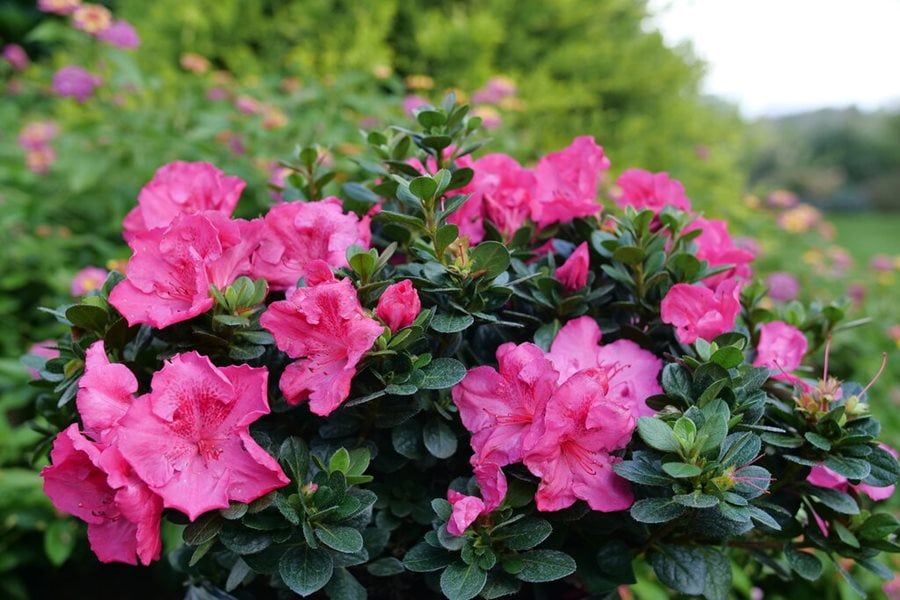
- Hibiscus: Hibiscus is another shrub that blooms at the same time as many viburnums. They come in a variety of colors, including red, orange, yellow, and pink. Hibiscus also have large, showy flowers, which can add a touch of drama to the garden.

- Hydrangeas: Hydrangeas are a popular choice for companion plants because they come in a variety of colors and sizes. They also bloom for a long period of time, so they can help to extend the bloom season in your garden.
- Roses: Roses are a classic choice for companion plants. They come in a variety of colors, and they can add a touch of elegance to the garden. Roses also bloom for a long period of time, so they can help to extend the bloom season in your garden.
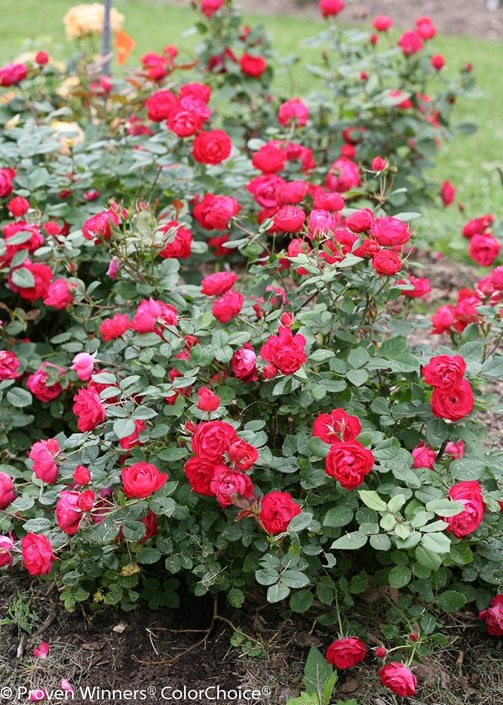
- Spirea: Spirea is a versatile shrub that can be used in a variety of settings. It comes in a variety of colors, and it can be pruned to create a variety of shapes. Spirea also blooms for a long period of time, so it can help to extend the bloom season in your garden.

Conclusion
Viburnums are a beautiful and versatile group of shrubs. They can be used to create a stunning focal point in the garden, or to provide year-round interest. By choosing the right companion plants, you can create a garden that is both beautiful and functional.
Viburnums are beautiful shrubs that can add a touch of elegance to any garden. But did you know that they can also be used to attract beneficial insects and birds? By planting viburnums with the right companion plants, you can create a thriving ecosystem in your garden.
Some of the best companion plants for viburnums include:
- Perennials: Peonies, irises, and hostas all make great companions for viburnums. They provide contrasting foliage and flowers, and they help to suppress weeds.
- Shrubs: Ninebark, oakleaf hydrangea, and chokeberry are all good choices for companion shrubs for viburnums. They offer different textures and colors, and they help to fill out the garden.
- Annuals: For a splash of color, try planting annuals like marigolds, cosmos, and sunflowers near your viburnums. They will add a pop of color to your garden throughout the summer.
If you're looking for more information about viburnum companion plants, I recommend visiting Gardenia Inspiration. This website has a wealth of information about viburnums, including a list of the best companion plants for different types of viburnums.
FAQ of viburnum companion plants
Q: What are some good companion plants for viburnum?
A: Viburnums can be paired and planted with a host of companions, including:
These plants all have similar growing conditions and complement each other's colors, textures, and flowering times. For example, viburnum and peonies both bloom in spring, so they can be planted together to create a long-lasting display of color.
Q: What are the benefits of planting companion plants with viburnum?
A: There are several benefits to planting companion plants with viburnum. For one, companion plants can help to attract pollinators, such as bees and butterflies. This is beneficial for viburnum, as many of them rely on pollination to produce fruit.
Additionally, companion plants can help to deter pests and diseases. For example, lavender is a natural insect repellent, so planting it near viburnum can help to keep pests away.
Finally, companion plants can simply add beauty and interest to your garden. By planting different types of plants together, you can create a more visually appealing and diverse landscape.
Q: What are the best growing conditions for viburnum?
A: Viburnums grow well in any reasonably fertile soil in sun or light shade. Many are also tolerant of chalky soils. However, they do not like to be planted in wet or poorly-drained soil.
Q: How do I care for viburnum companion plants?
A: The care requirements for viburnum companion plants vary depending on the specific plant. However, in general, most companion plants for viburnum prefer moist, well-drained soil and full sun to partial shade. They should be watered regularly, especially during the first year after planting.
Q: How do I choose the right companion plants for my viburnum?
A: When choosing companion plants for viburnum, it is important to consider the following factors:
- The size and growth habit of the plants
- The flowering times of the plants
- The sun and shade requirements of the plants
- The soil type
- The pest and disease resistance of the plants
By considering these factors, you can choose companion plants that will complement each other and thrive in your garden.
Image of viburnum companion plants
- Hostas: Hostas are shade-loving plants that can provide a lush backdrop for viburnums. They also have attractive foliage that can help to fill in the spaces between viburnum blooms.

- Astilbe: Astilbes are another shade-loving plant that can be a good companion for viburnums. They have delicate flowers that bloom in a variety of colors, and they can help to add height and interest to a viburnum border.

- Coral bells: Coral bells are a versatile plant that can be grown in sun or shade. They have colorful foliage and bell-shaped flowers that bloom in the summer. Coral bells can help to add a splash of color to a viburnum border.

- Heuchera: Heucheras are also a versatile plant that can be grown in sun or shade. They have colorful foliage and bell-shaped flowers that bloom in the summer. Heucheras can help to add a touch of elegance to a viburnum border.

- Lily of the valley: Lily of the valley is a low-growing plant that can be planted at the base of viburnums. It has delicate flowers that bloom in the spring, and it can help to add a touch of sweetness to a viburnum border.



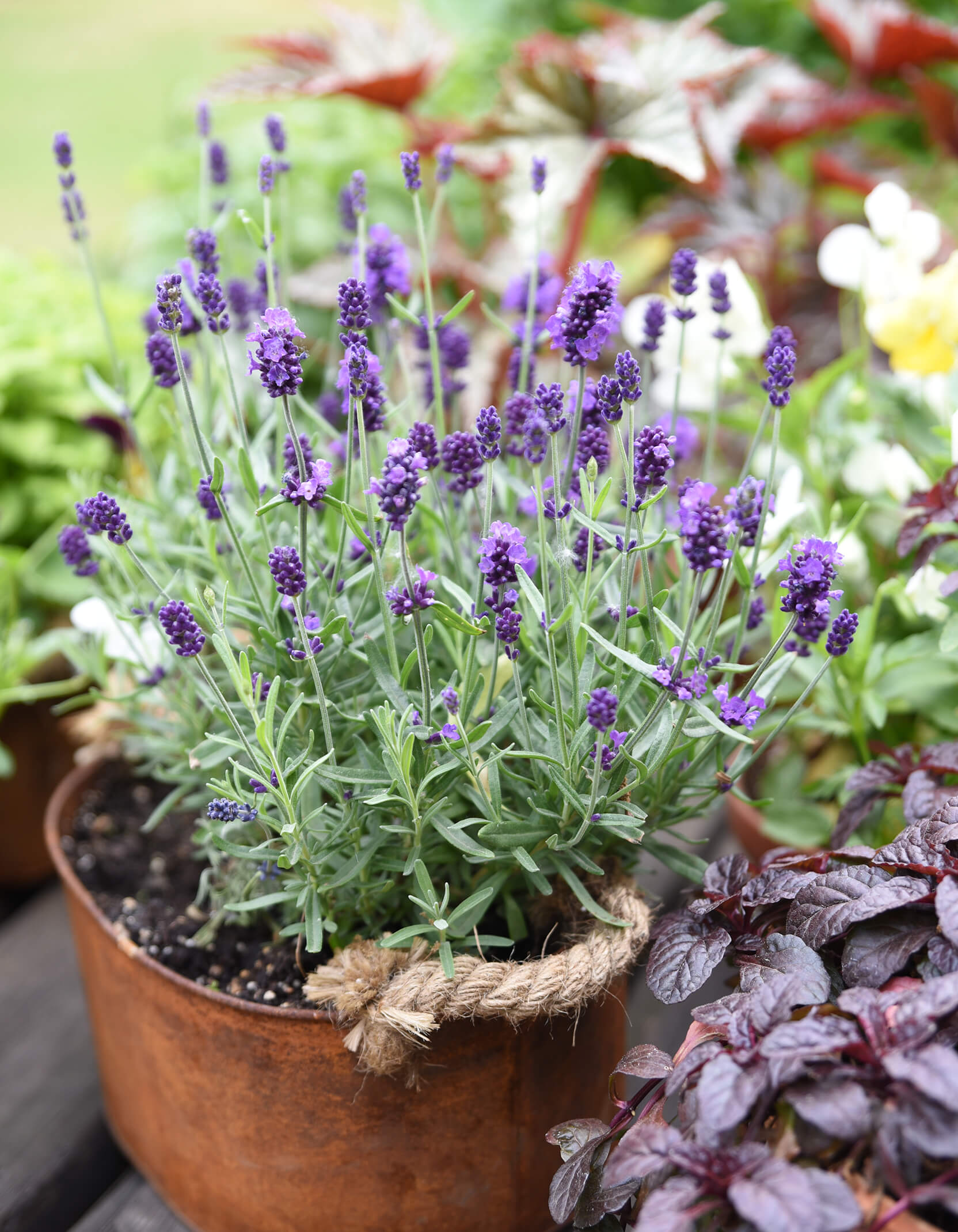
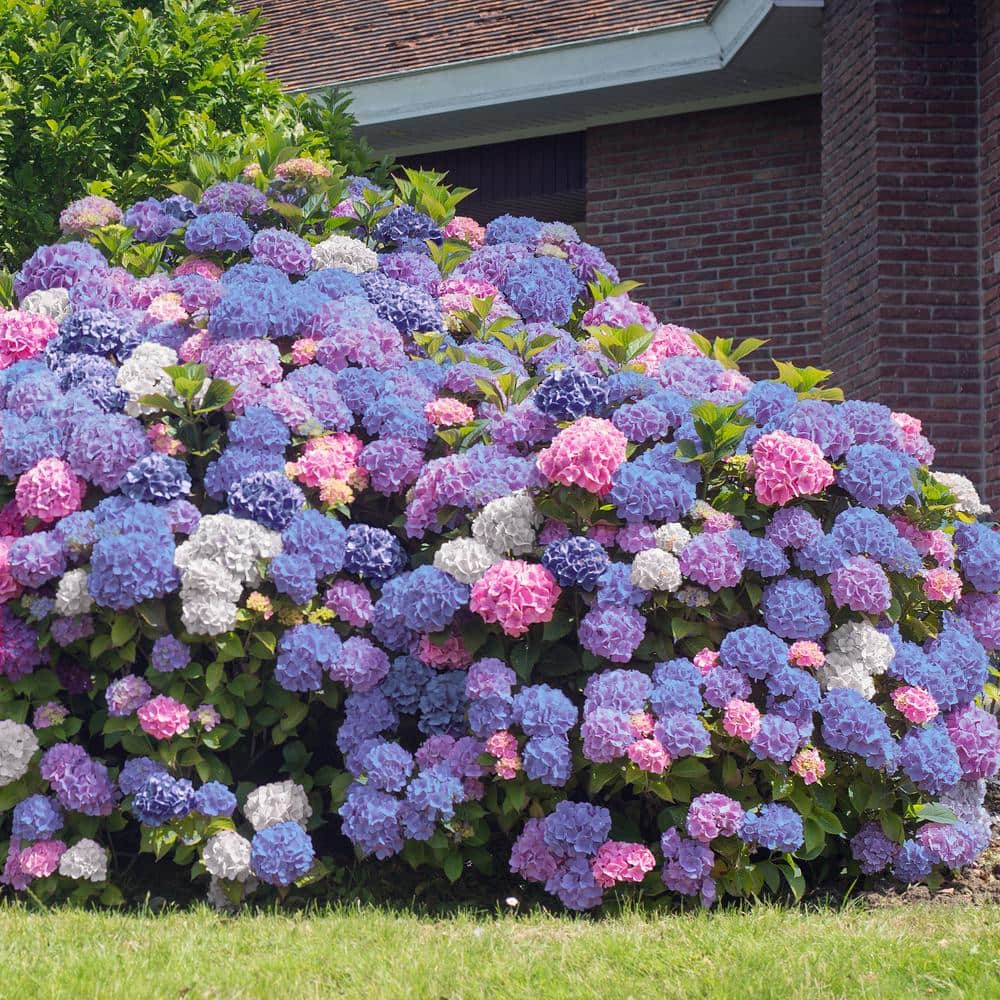
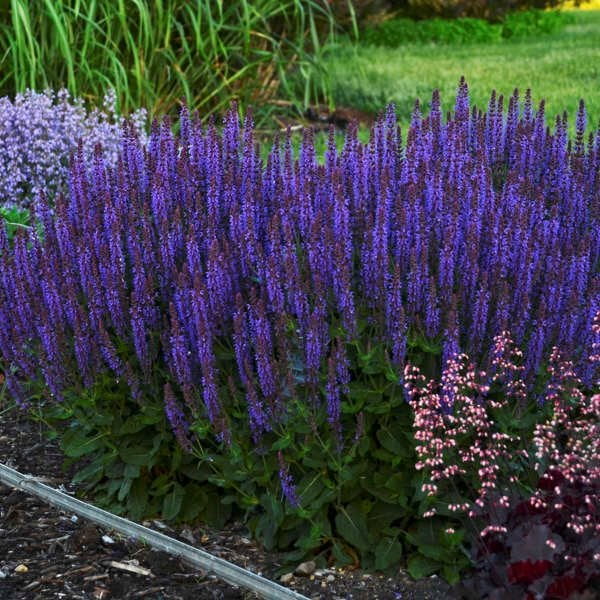
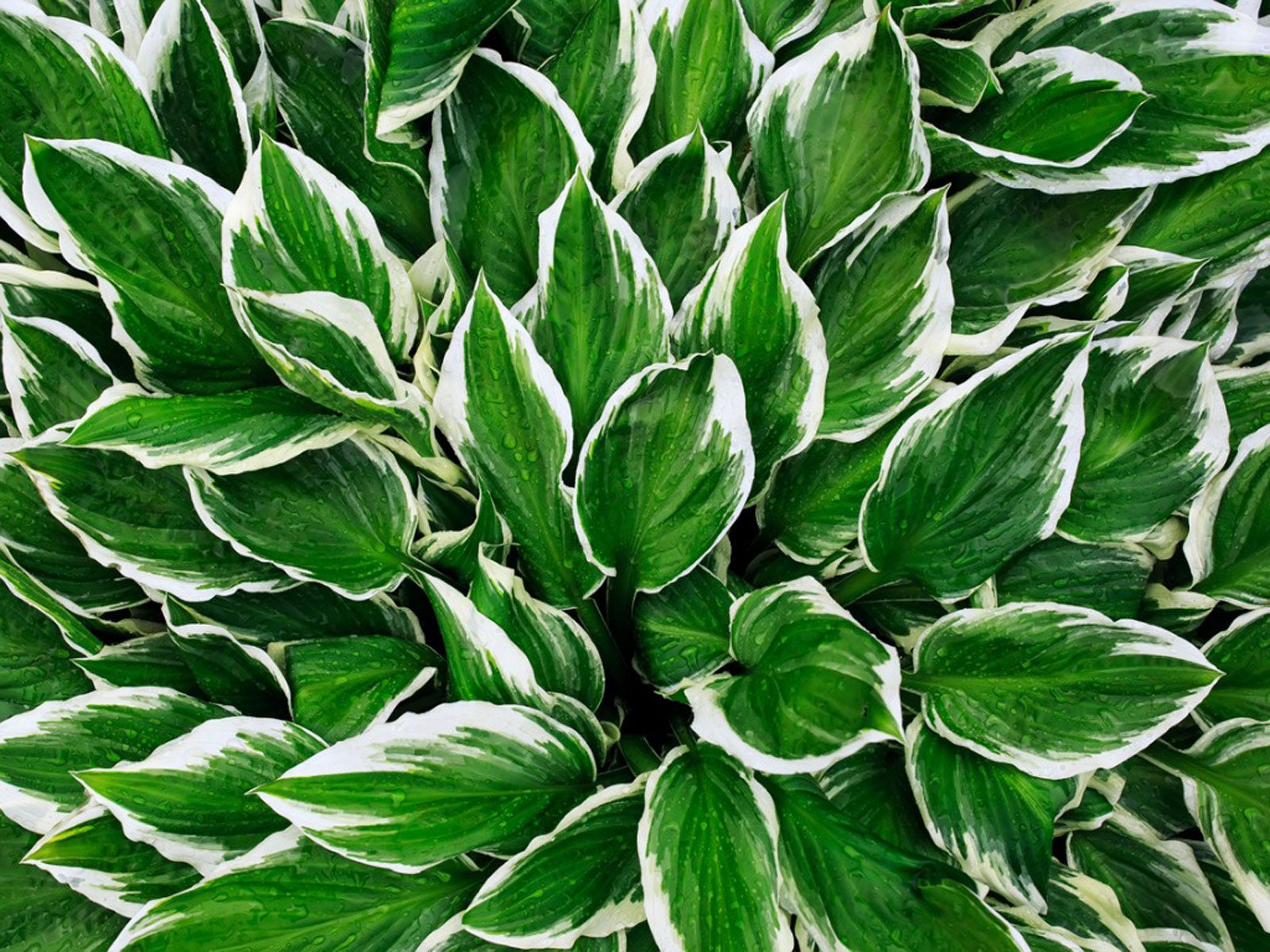
Post a Comment for "Viburnum Companion Plants: The Ultimate Guide To Pairing Shrubs For Beauty And Interest"